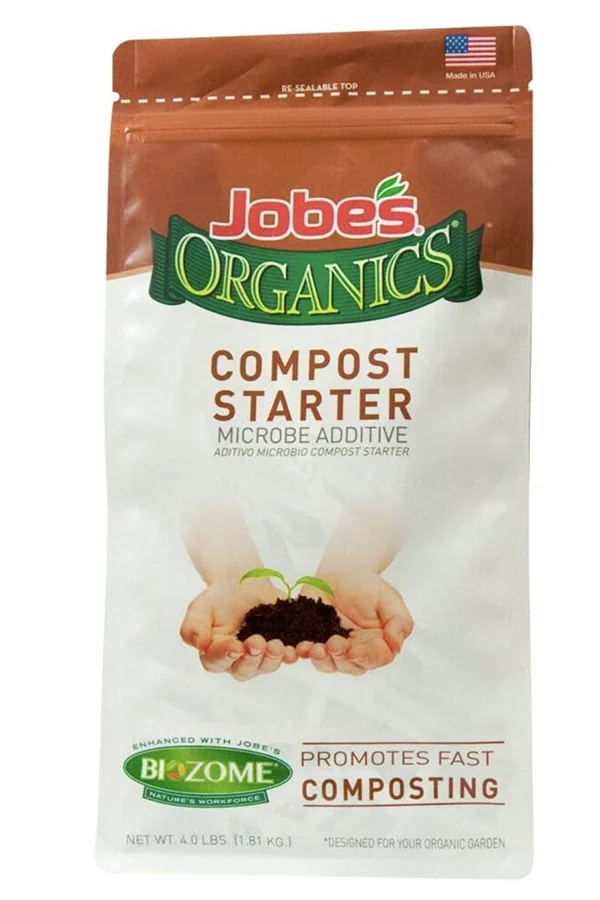Looking for a few simple tips and tricks to build the perfect spring compost pile that can heat up quick – and make compost faster than ever?
One of the best ways to improve the plants growing in your vegetable garden and flowerbeds is to use compost everywhere you can. In planting holes, as a mulch – or even as a fertilizing tea to give your plants a boost of perfectly balanced nutrients whenever they need it.
Compost is packed full of slow-release nutrients and vital resources that plants need throughout the growing season. These nutrients are easily absorbed by plants’ roots, providing energy and power right where plants need it most.
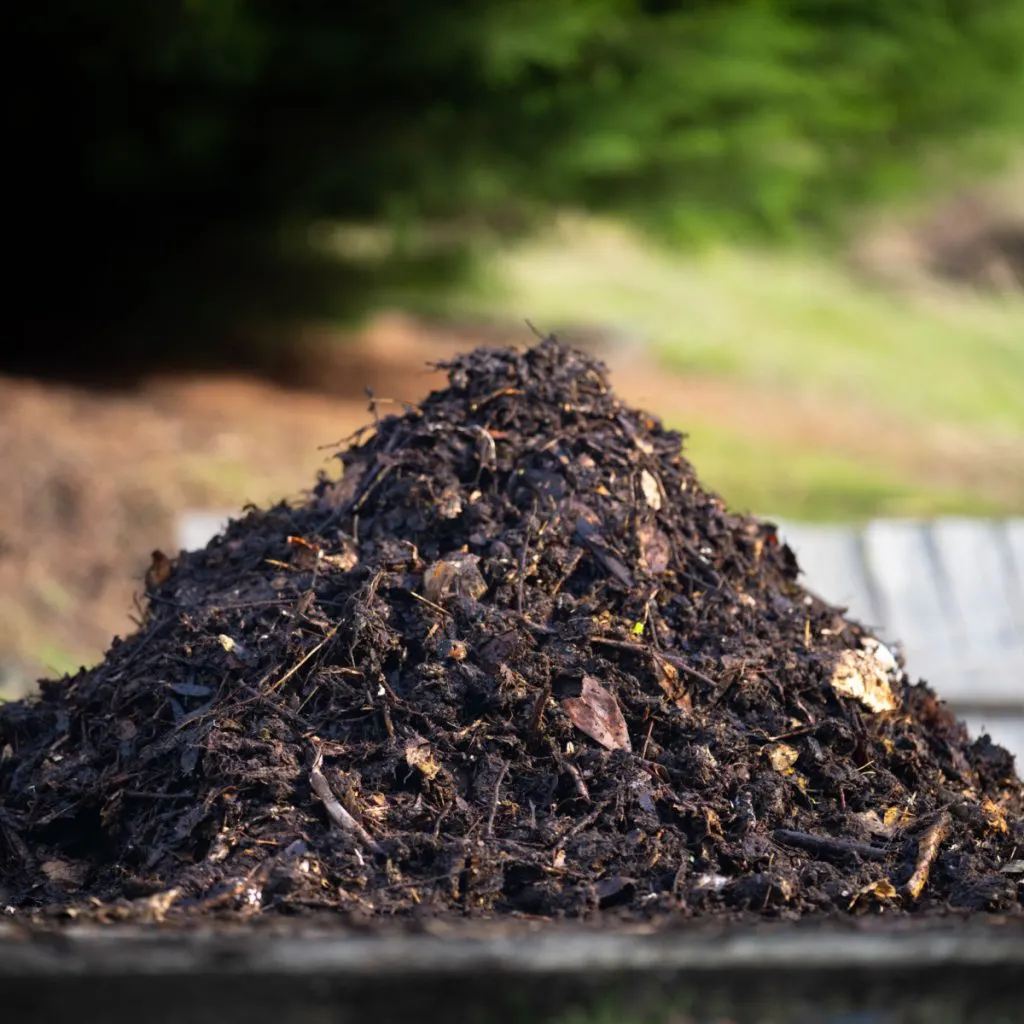
In addition to helping plants, compost is also an amazing soil amendment. Mixed with your existing soil, it adds loads of organic matter, helps to retain moisture, and creates an overall better soil composition.
But if there is one drawback to compost, it’s that you can never seem to have enough on hand. Which is exactly why building a fast working pile in early spring can be the perfect answer to having compost available all growing season long.
How To Build The Perfect Spring Compost Pile – 4 Simple Secrets To Success!
The good news is that building a fast working compost pile in the spring isn’t difficult. In fact, it happens to be one of the best and easiest times to do it. The warmer temperatures and spring rains are great for allowing piles to heat up fast. Even more, there are plenty of materials around to feed a pile as well.
In the end, getting a spring pile to get hot right from the start really comes down to following four simple tips – and it all starts with making sure you build a pile that is just the right size for heating up fast!
#1: Using The Right Pile Size & Materials
For a compost pile size that can heat up quickly and efficiently, you need to remember the rule of three. As in, the perfect pile should be roughly 3 feet wide, by 3 feet tall, by 3 feet deep.
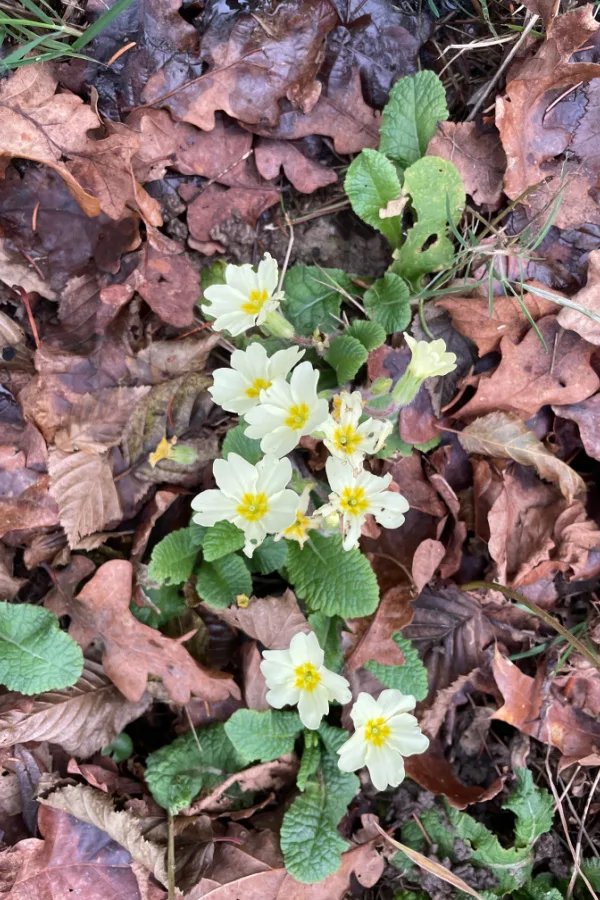
This size is not only small enough for the average gardener to be able to handle and turn – but also large enough to maintain its heat core. Using anything smaller than this will make it difficult to keep the pile hot enough for quick decomposition.
There are many different materials that you can use to create an amazing compost pile. Most of these materials are readily available in a gardener’s own backyard and/or coming as scraps from their kitchen.
But when it comes to quickly creating a compost pile that you can use by mid-summer, some materials are better than others. The key is to get items that break down and decompose fast. And, at the same time, making sure those materials are able to really heat up quickly.
Springtime is a great time for finding natural materials around your yard. Not only are the items readily available, but most of them have already started the decomposition process. Materials like decaying perennial foliage, old leaves, and even pruned materials are perfect to use. Green grass clippings from your first few mowings are excellent as well.
Kitchen Scraps & Farm Animal Manure
Kitchen scraps are another great resource to use. Anything from used coffee grounds to banana peels are ideal for helping to heat up a pile fast. (For more specifics on items to use and avoid using, see, “Learn How To Compost Like A Pro”.)
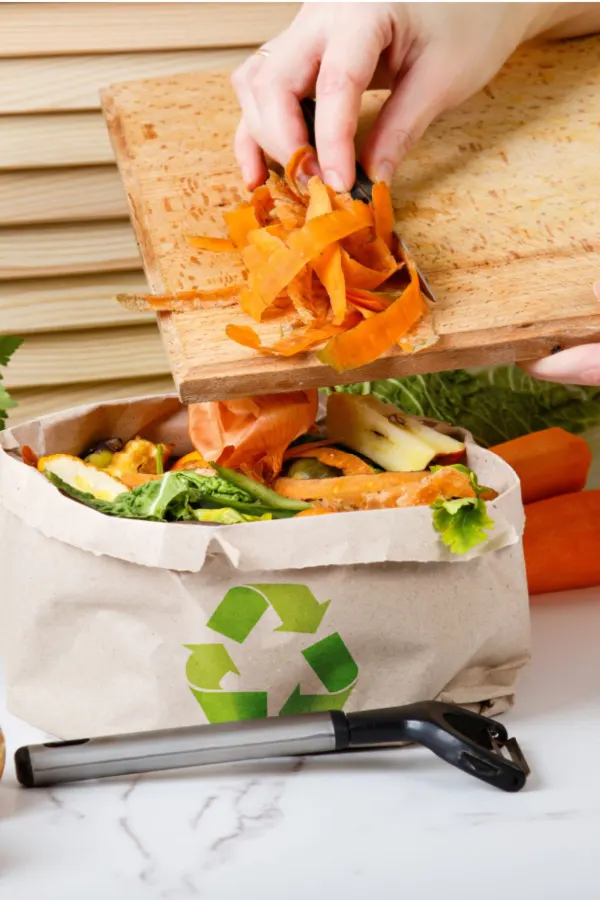
Lastly, most manure from farm animals is perfect for helping to heat up a compost pile fast. You can use both the manure and the bedding from animals like chickens, rabbits, horses, hogs, or cattle. Best of all, even if you don’t have your own animals, local farmers usually have quite a bit of extra manure on hand from the winter season for the taking.
Please note that you should not add pet manure from cats and dogs to home compost piles. There are too many pathogens in their feces. Unfortunately, home compost piles can’t heat up high enough to kill these dangerous pathogens off.
#2 Chop All Materials Before Adding! – How To Build The Perfect Spring Compost Pile
Once you gather your materials, one of the most important things you can do to speed up the entire composting process is to chop them up as fine as possible!
Listen In To Our Podcast Below On 5 Great Ways To Use Compost In Your Garden & Flowerbeds!
While the size of your compost pile is important, so is the size of the materials you add. This is especially important when you want the pile to heat up and create usable compost quickly.
Before you add any materials to your home compost pile, take a few extra minutes to break them down or chop them up into smaller sizes. The smaller, the better. Smaller pieces tend to break down and decompose much quicker than large items. This is because they have more edges and surface areas that are cut and exposed, making them rot far faster.
For example, imagine a jack-o-lantern that has been carved sitting next to a whole, intact pumpkin. The whole pumpkin will take much longer to rot compared to the jack-o-lantern. This is because there is less surface area on the jack-o-lantern. In addition, more parts of the fruit from carving are exposed to bacteria and other organisms.
For the fastest way to have compost ready, when adding any material to your pile, shred it or chop it up first. If you have a shredder on hand, great – but a riding or push mower can work wonders for shredding almost any materials down to minuscule sizes.
#3 Kickstart Your Pile! How To Build The Perfect Spring Compost Pile
This is one tip that many gardeners skip, but it’s crucial to getting a pile to start decaying right away. To get your pile breaking down from day 1, you need to kickstart it with bacteria. It may sound difficult or messy, but it’s actually a simple and easy process. And you can do so with existing compost, or a ready-to-go starter.
Each compost pile eventually creates its own combination of beneficial microbes and organisms that break down materials. But by introducing microbes and organisms early in the process of creating a new spring pile, the decomposition can be sped up that much sooner.
Nearly finished or finished compost is loaded with beneficial living bacteria and microbes. Adding this compost to a new pile introduces those items, allowing a new pile to get to work right away. Simply add about a 5-gallon bucket full of compost and mix it into the pile.
The second option is to purchase a compost starter. Similar to finished compost, a starter introduces the bacteria and microbes directly into a new pile of materials where it will start to multiply and decompose materials quickly. (Affiliate Product Link: Jobe’s Organics Compost Starter)
#4 Add Moisture & Oxygen – How To Build The Perfect Spring Compost Pile
Last but not least, there are two additional components that a compost pile needs in order to heat up and break down quickly – moisture and oxygen. And the more you can help to give your pile both, the faster it will break down.
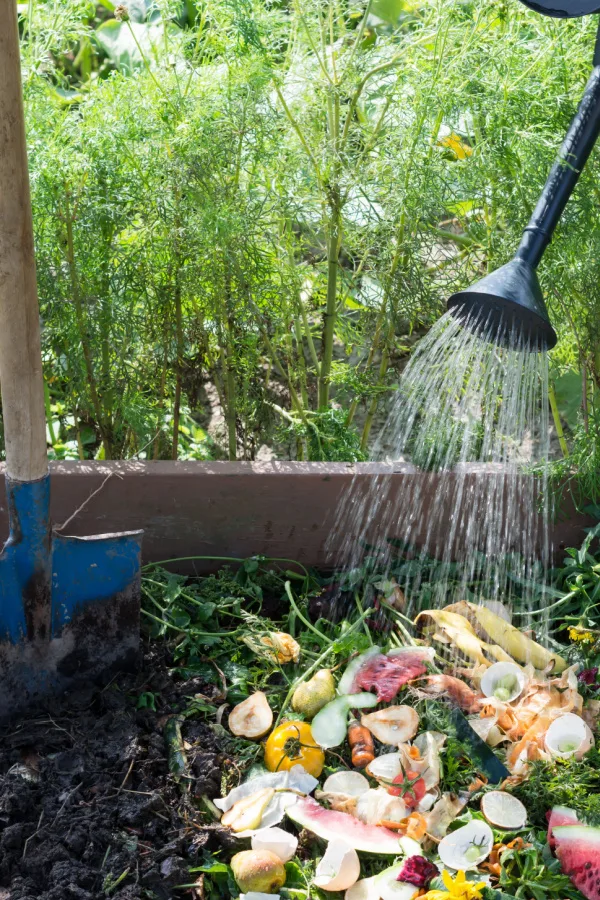
In terms of moisture, the key is getting the center of your compost pile moist without becoming overly saturated. Think of the center of the pile as a well wrung-out sponge. You want it to feel slightly damp – but not have water running out of it.
Add just enough water to get the materials moist when first adding them to your pile. Add additional water if needed throughout the spring and summer months. If the weather is too rainy, consider adding a cover or lid to your pile. Unfortunately, if it gets too wet, it will slow decomposition.
As for oxygen, it’s imperative that you turn your pile frequently. Turning the pile every couple of days is ideal for a fast-decomposing pile. Use a pitchfork or shovel to turn and mix the materials within the pile. This allows not only the materials in the center of the pile to heat up quickly, but also those on the edges as well.
Here is to making the perfect spring compost pile – and to making compost faster than ever this year!
Simple Garden Life
Follow Our Facebook Page For Even More Great Tips! Simple Garden Life Facebook Page
Simple Garden Life is a website dedicated to keeping gardening fun, simple and enjoyable! We publish two new articles each week along with a new garden podcast episode every two weeks. This article may contain affiliate links.

